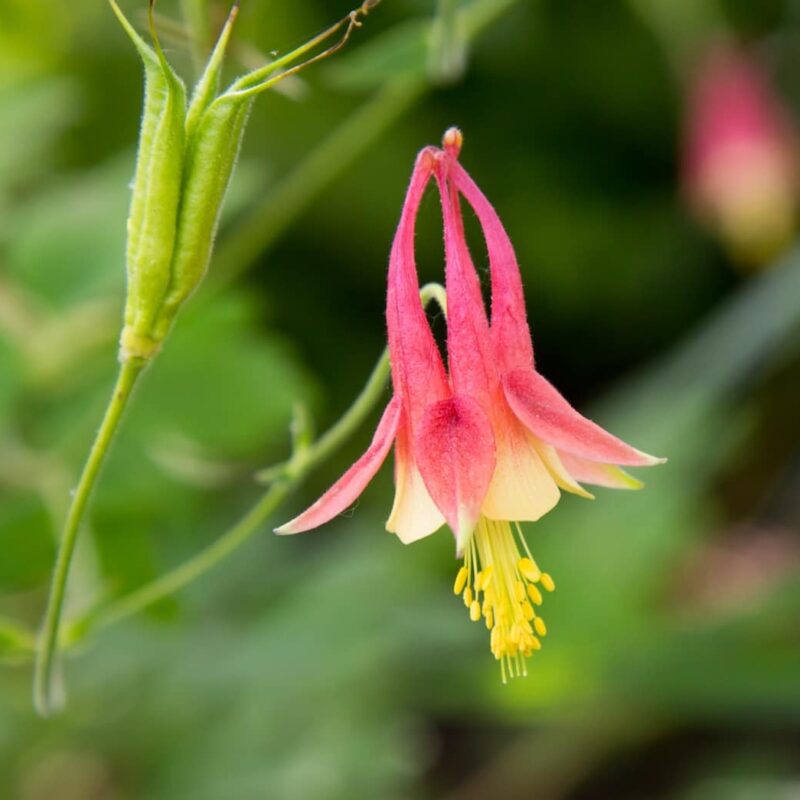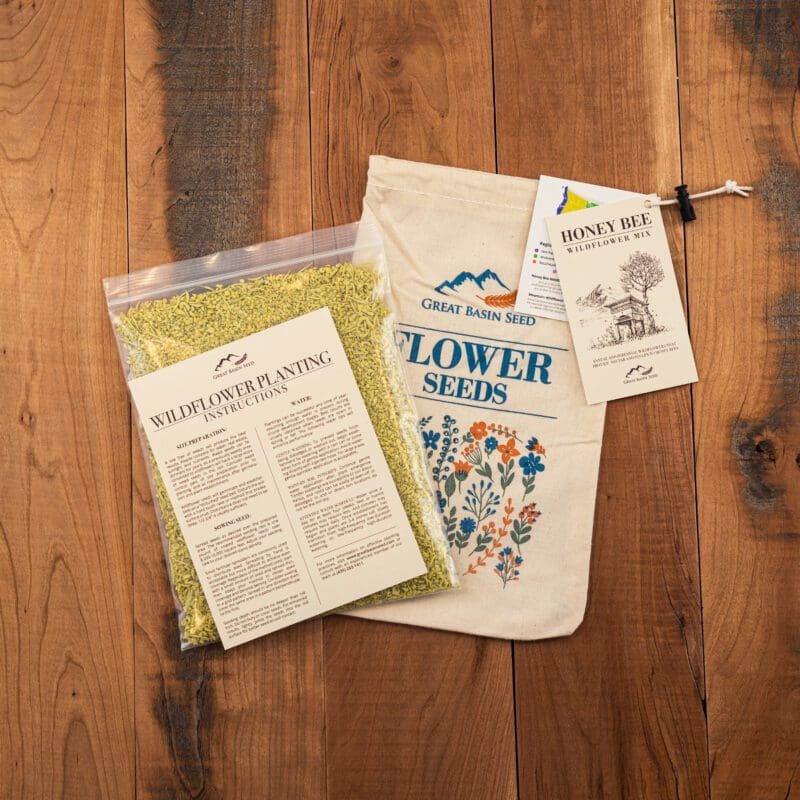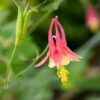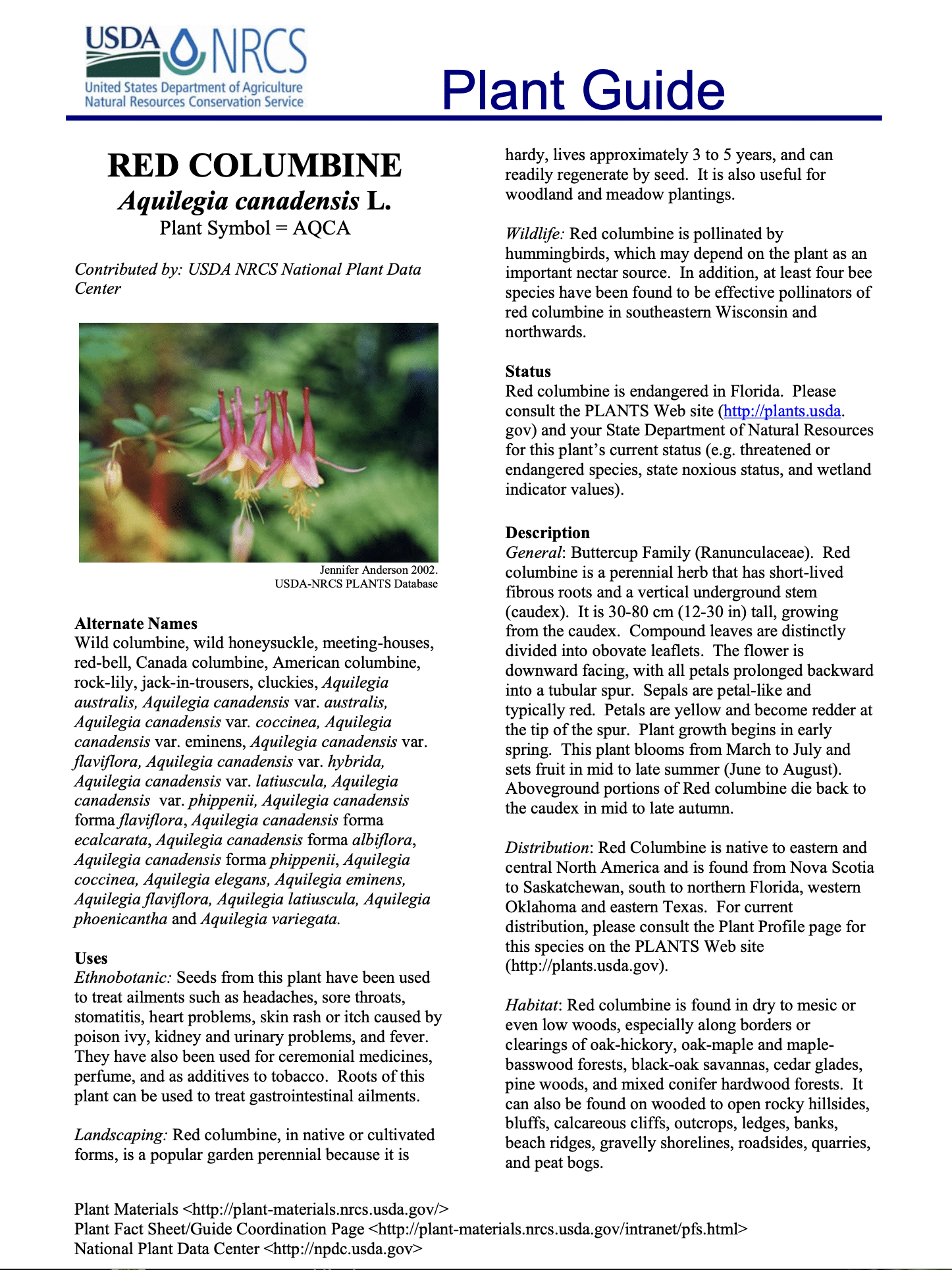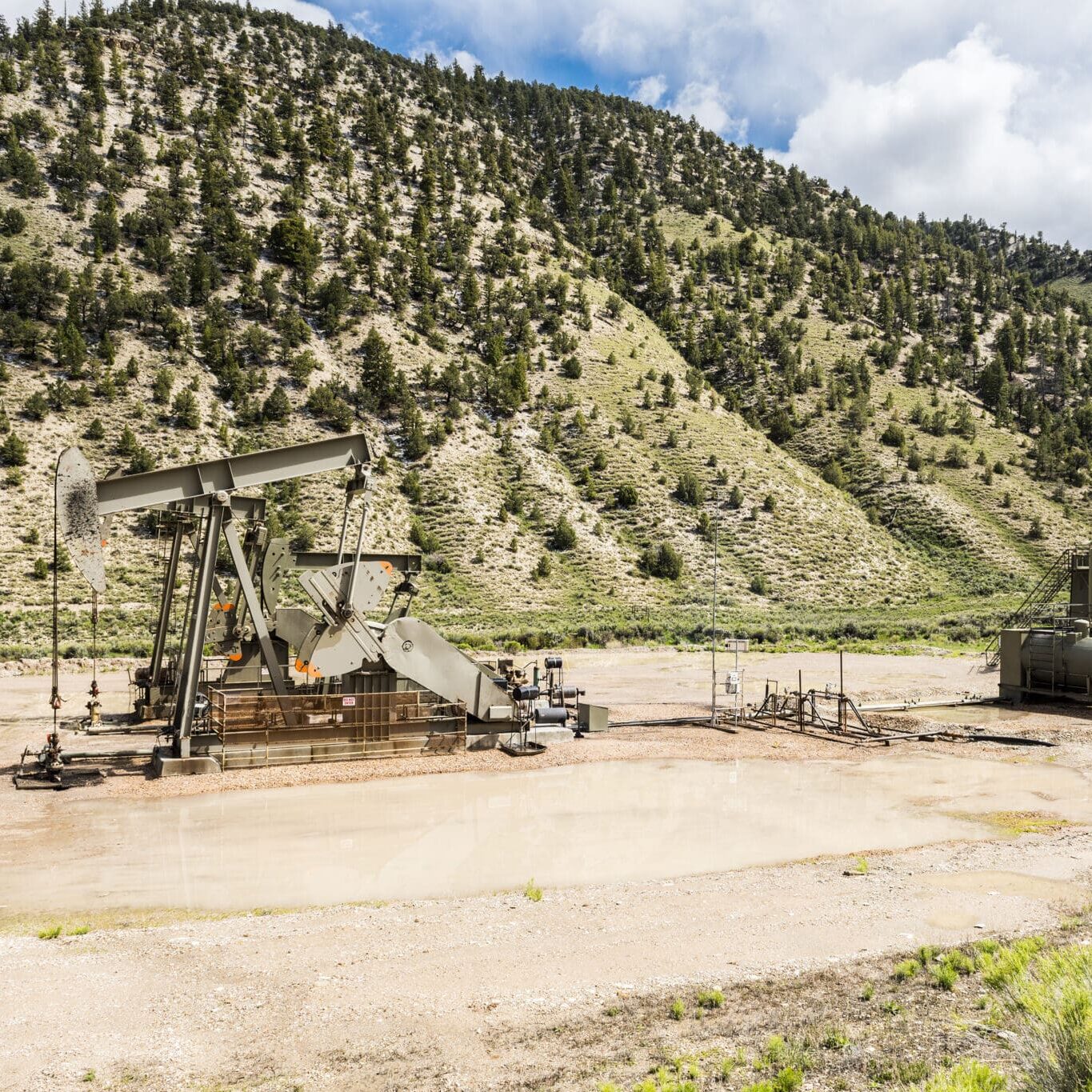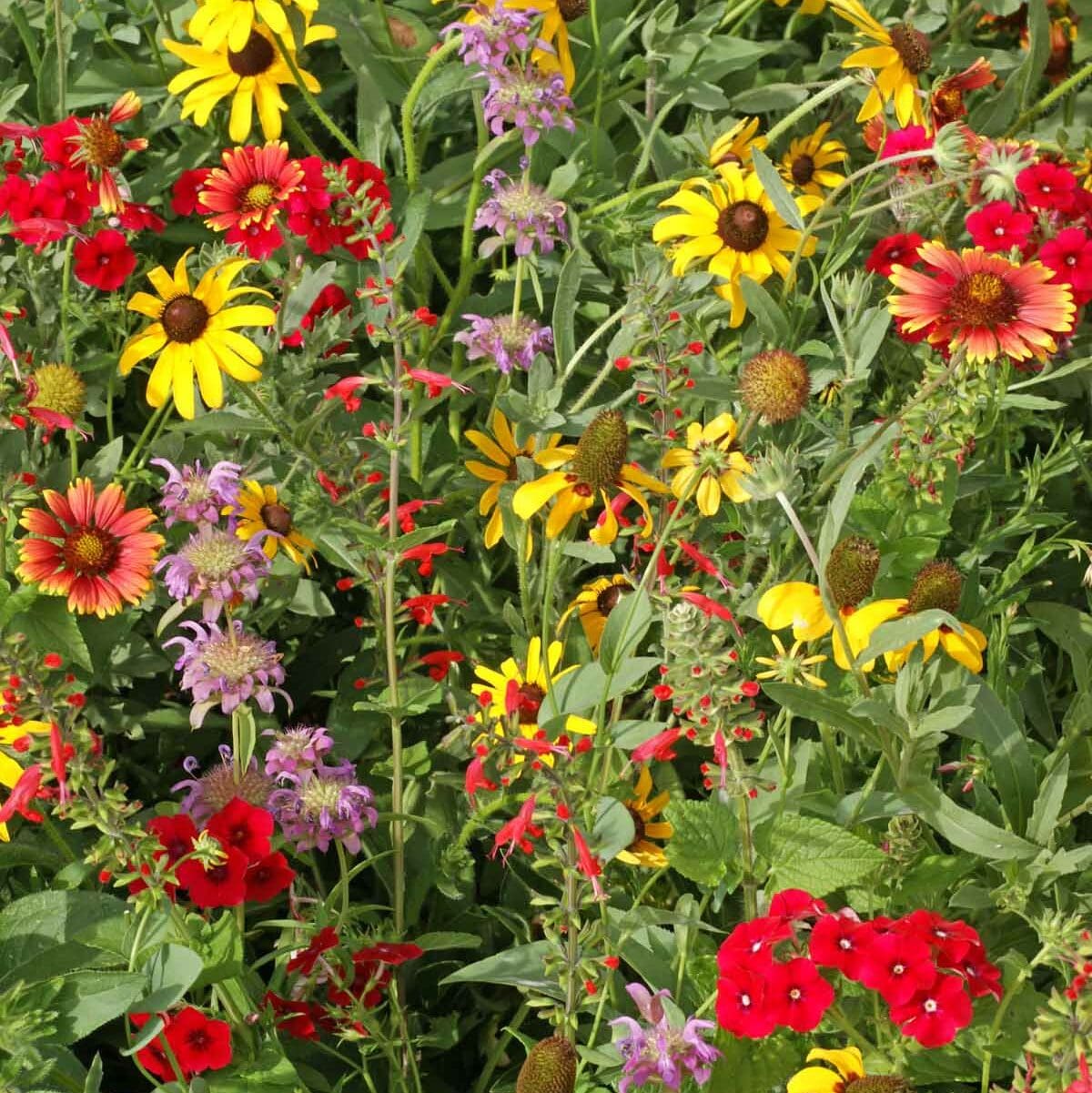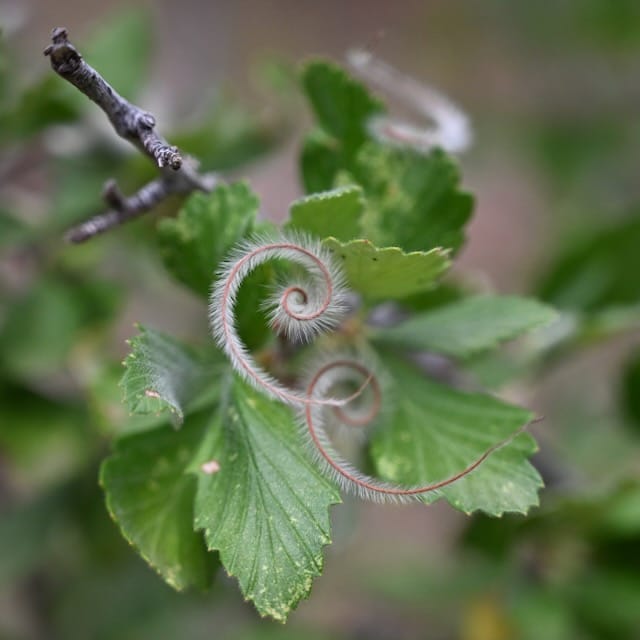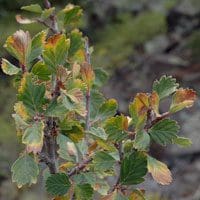
Min. to Max. Annual Precipitation
24in.
Average Max. Height
Fun Fact:
Eastern Columbine was once believed to have magical properties. In folklore this columbine was used to make love potions and spells
**Twist ingesting all parts of the plant can be toxic. The plant contains cyanogenic compounds that can release cyanide in the body. Might be what Romeo and Juliet used.
General Description:
Eastern Columbine (Aquilegia canadensis) also known as Red Columbine is a perennial herb that creates a fiberous root system and a vertical underground stem. Eastern Columbine can grow between 12-30 inches tall. It produces a downward facing flower with petals prolonged forming a tubular spur typically a reddish color. It is highly attractive to hummingbirds and pollinators. Plants begin growing in early spring blooming from March to July. Producing the fruit in mid to late summer.
Uses:
- Seeds can be used for medicinal purposes
- Perfumes
- Landscaping
- Pollinator
Planting Conditions:
Eastern Columbine can be found in dry to mesic or even low wooded areas. It grows in a wide range of different conditions from rich woods to rocky cliffs but thrives best in well drained soils. The leaves of Eastern Columbine are waxy and shed a water based pesticide. Livestock normally won’t eat this plant but deer occasionally browse it. Eastern Columbine prefers partial shade but can tolerate full sun in cooler climates. A great option for woodland gardens. Eastern Columbine needs moderate moisture. Needing consistent moisture during establishment, but once established it is drought tolerant. Avoid water logged areas.
This Columbine does best if started before planting. When planting seeds sow in the fall time for natural cold stratification. Or start indoor 8-10 weeks before last frost, then transplant after the risk of frost.
Establishment:
Cold stratification is recommended for best germination. Germination takes between 15-30 days at 65-70 degrees. Plant very shallow and lightly press into the soil. It needs light to germinate. Transplant seedlings when they have 2-3 tru leaves after last frost date. After transplanting water well to help settle the roots in place which also helps remove any air pockets that might be in the soil.
During the first year the plant focuses on root establishment, flowering could take up to two years. Be patient. Keep soil moist but not soggy in the first growing season. Once it is established watering can minimize as it becomes more drought tolerant once established.
Seeding Rate:
Broadcast: 8 lbs/acre
3 oz/ 1,000-2,000 sq ft
**Don’t plant deeper than 1/4″ shallow planting is needed for best results.
Who is Great Basin Seed?
Great Basin Seed is a seed company that specializes in seed sales and consultation for home, ranch, farm, range and reclamation. We have been a leader in the seed industry since 1974.
Our History
We've been in the seed business since 1974.
What We Offer
We offer seed for home, farm, ranch, range and reclamation projects.
Meet the Gang
We have the best employees in the world! We are proud of the work they do, and trust them to serve you!
Right: Company founder Lloyd and his wife Paula Stevens in a wildflower seed production field circa 1977
Eastern Columbine NRCS Plant Guide
Eastern Columbine NRCS Plant Guide
PDF version of NRCS Plant Guide & Fact Sheet
Citation: Sheahan, C.M. 2014. USDA-Natural Resources Conservation Service, Cape May Plant Materials Center, Cape May, NJ. Published 08/2014
Quick Plant Facts
| Select a Package Size and Quantity | 1 oz. Envelope, 4 oz. Pouch (0.25 lbs.), 8 oz. Pouch (0.50 lbs.), 1 lb. (by the pound) |
|---|
